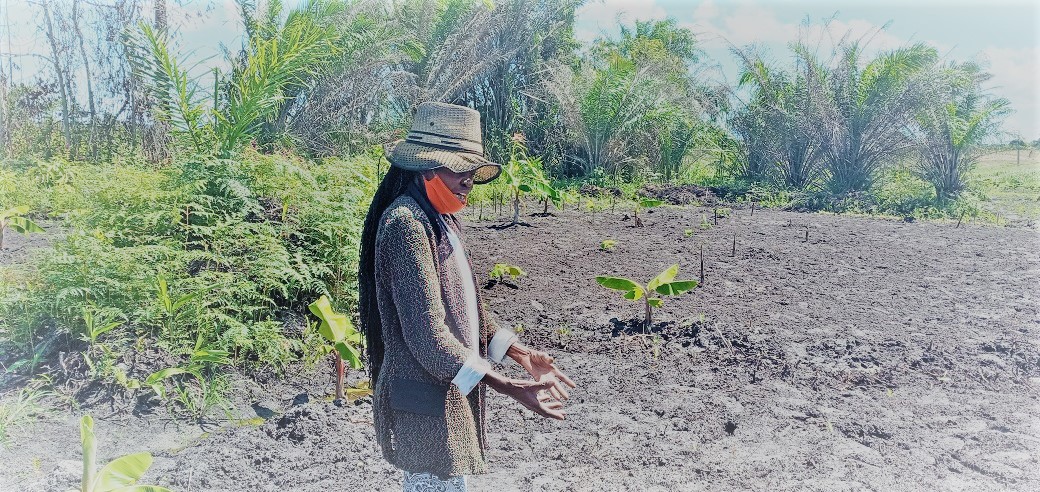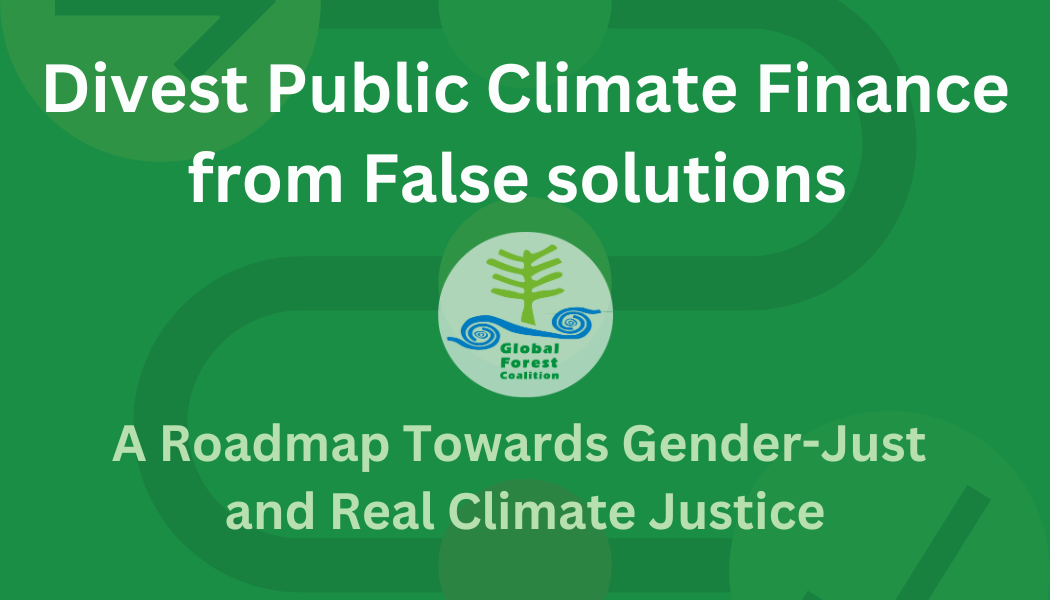Bioenergy and Forests
This editorial is part of Forest Cover issue nº47. If you want to read or download the rest of the articles please go to https://globalforestcoalition.org/resources/forest-cover-issues/forest-cover-47-bioenergy-special-edition
By Rachel Smolker, Biofuelwatch, USA
Board member of the Global Forest Coalition
Forests continue to be caught in the climate crosshairs. On the one hand, REDD and forest offsets are promoted as ‘protecting carbon sinks’, with the potential to create profits for carbon market players. On the other hand, subsidies and targets for renewable energy continue to promote the cutting, burning, refining, converting to plantations, and genetic engineering of forests, under the false pretense of providing ‘solutions’ to climate change.
Many large ‘green’ organisations and others continue to call for ‘100% renewable energy’ as the primary centerpiece of their demands of policymakers. Yet in both Europe and the United States about 50% of this much-touted renewable energy production is from bioenergy. That includes burning trees (and increasingly, municipal waste) for electricity, and growing and refining industrial crops for liquid biofuels. The remaining 50% of renewable energy production is primarily from large hydroelectric dams. The contribution from wind and solar, while it is inevitably featured in imagery and hyped as ‘rapidly expanding’, is still minimal.
Burning wood for electricity, especially co-firing in coal plants, is one of the fastest growing forms of bioenergy. The UK is a case in point, importing more wood pellets than any other country. Last year 4.6 million metric tonnes of pellets were imported, which would have required 9.2 million metric tonnes of harvested wood to produce. To put this in perspective, the UK’s total annual domestic production of wood is 11 million metric tonnes, but little of that is used for bioenergy. Rather, the UK is almost entirely dependent on imports for this purpose.[1]These imported pellets are burned in just a small number of facilities, like DRAX. These companies receive subsidies for adding wood to their mix, based on the assumption that it ‘reduces emissions’. Conveniently for them, adding wood into the mix also enables some coal plants to continue operating, when they would otherwise have had to shut down. This is because burning wood releases less sulphur emissions than coal, enabling the plants to meet new EU emissions regulations. With several other large coal plant conversions proposed in the UK, pellet imports are expected to rise to 12-13 million metric tonnes.
The US lags behind Europe, the US’s draft ‘Clean Power Plan’, which is due to be finalised by 1 June 2015, gives states a mandate to reduce emissions using a variety of ‘building blocks’, which include renewable energy resources. The plan is poised to incorporate the assumption that burning biomass reduces emissions, which would inevitably lead to a wave of new coal plant and biomass facilities. The southern US is already the leading supplier of pellets to Europe, with new pellet manufacturing facilities springing up across the region, and port terminal facilities expanding to handle the bulk.
In the western US, policymakers have been pushing for supports to ‘manage’ and ‘thin’ publicly owned forestlands, under the guise of ‘wildfire management’. The biomass industry is starry-eyed over potential renewable energy subsidies, but securing adequate and consistent supplies of biomass has proven challenging. For many, the opportunity to burn municipal waste—garbage—is viewed as salvation. There is plenty of it, and landfill disposal is increasingly problematic. Burning it and using the air as a dumping ground is also subsidised as renewable energy.
The impacts of bioenergy on forests and lands extend far and wide. While the impacts of using food crops for fuel have now been demonstrated, we continue to hear that ‘advanced fuels’ from non-food biomass sources, including wood, crop residues, and various ‘high energy crops’ (many genetically engineered), will not interfere with food production and thus will be ‘good’. Yet land, and land use decisions, are not that simple. When food production and other land uses are competing with energy markets, land use decision-making is inevitably influenced. Farmers may decide it is more profitable to grow non-food energy crops than food. Investors, watching market trends and engaging in speculative investments, may opt to purchase land in the hopes of turning a profit from biomass production, often at the expense of people who live on or near those lands.
In sum, reliance on biomass for fuel exacerbates demands on land, whether for food or non-food uses, and creates a ‘domino effect’ that ripples throughout the global economy. For indigenous peoples and peasant farmers, largely at the margins of that global economy, the impacts can include displacement and in some cases, violence.
Furthermore, if proposals for an entire ‘bioeconomy’ come to fruition (an economy in which living plant biomass is used as an alternative for virtually everything currently derived from fossil fuels), then we have only seen the tip of the iceberg. Researchers are working to engineer trees and microbes amenable to producing not only more biomass and more fuel, but also plastics and a vast array of industrial chemicals (see text box). Various new initiatives have received vast sums of funding. For example, the US Department of Energy’s PETRO programme focuses on “plants engineered to replace oil”.[2] With the military and aviation industries especially eager to find alternative fuels, government funds are fast-flowing.
A bit further afield, climate geoengineering schemes proposing a vast scaling up of ‘bioenergy with carbon capture’ (BECCS) are gaining followers (see text box).
As Global Forest Coalition’s 2014 ‘Global Overview of Wood-based Energy’[3] highlighted, the traditional uses of biomass include cooking fuel, charcoal production and home heating. Different technologies are used, the scale is different, and in the end, how energy is used and by whom differs too. A further key distinction between traditional and industrial-scale bioenergy is that the latter is driven by the provision of subsidies and policy drivers like government mandates. Production is thus driven by market forces that are largely blind to environmental concerns and human rights. Ultimately, ensuring community control over how land is used, and over food, energy and technology, is key to ensuring that the bioenergy juggernaut does not escalate further.
[1]http://gain.fas.usda.gov/Recent%20GAIN%20Publications/UK%20Wood%20Pellet%20Market_London_United%20Kingdom_1-16-2015.pdf
[2] http://arpa-e.energy.gov/?q=arpa-e-programs/petro
[3] https://globalforestcoalition.org/wp-content/uploads/2010/06/REPORT-WOOD-BASED-BIOENERGY-FINAL.pdf









